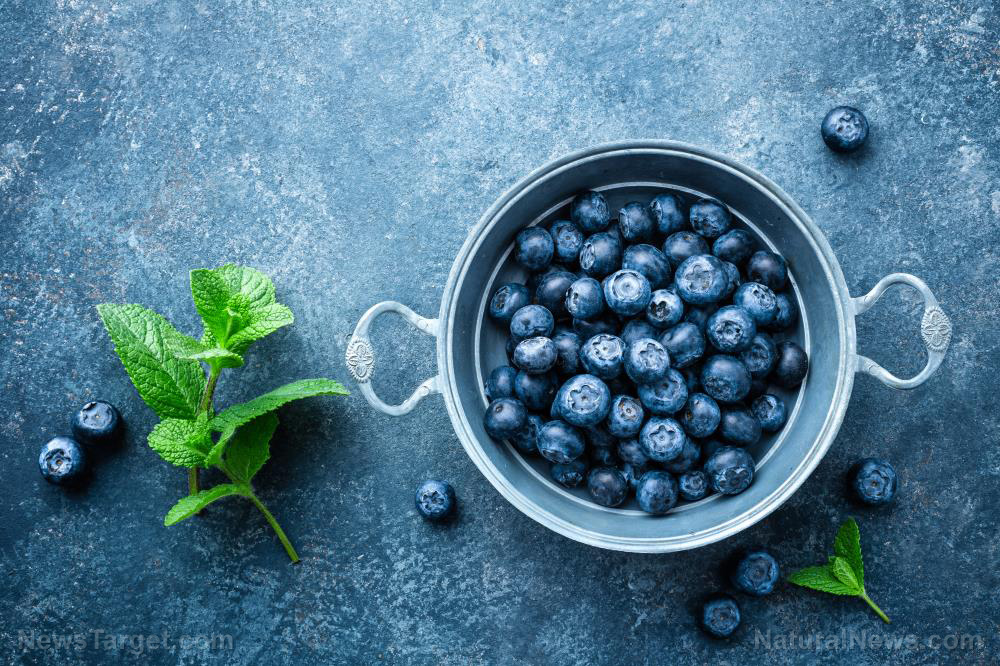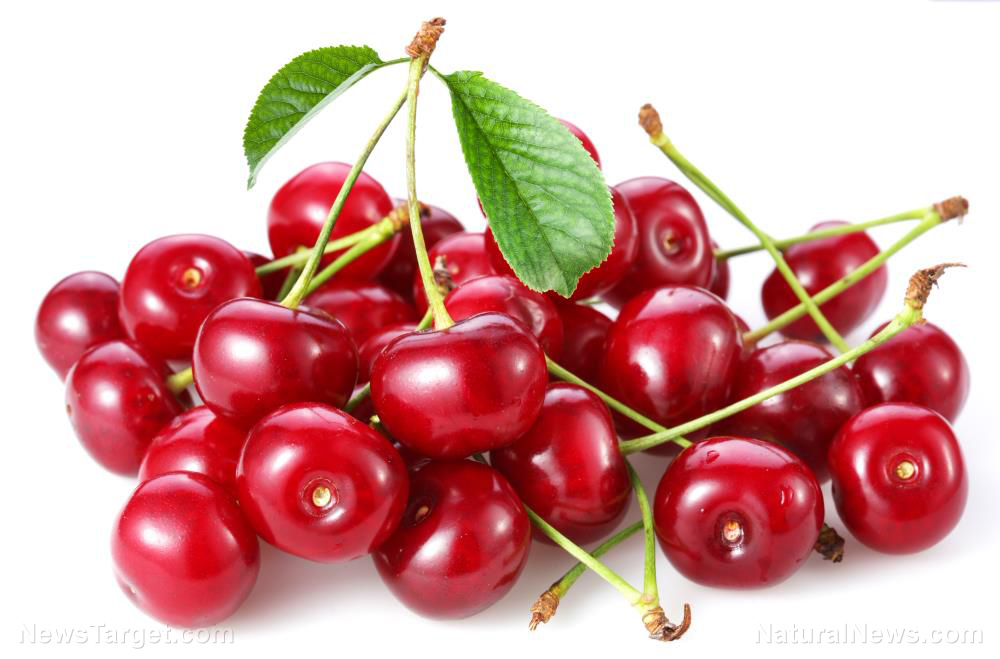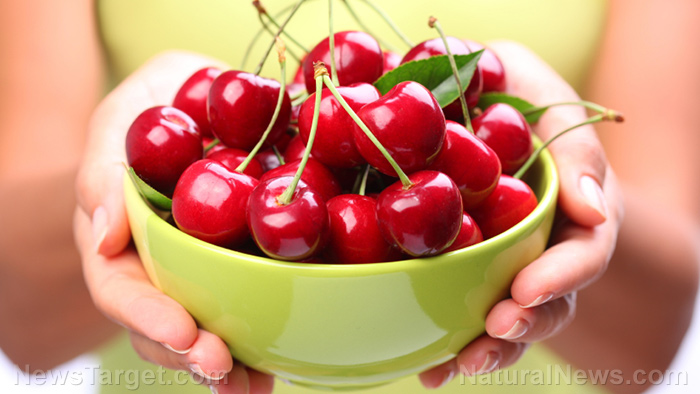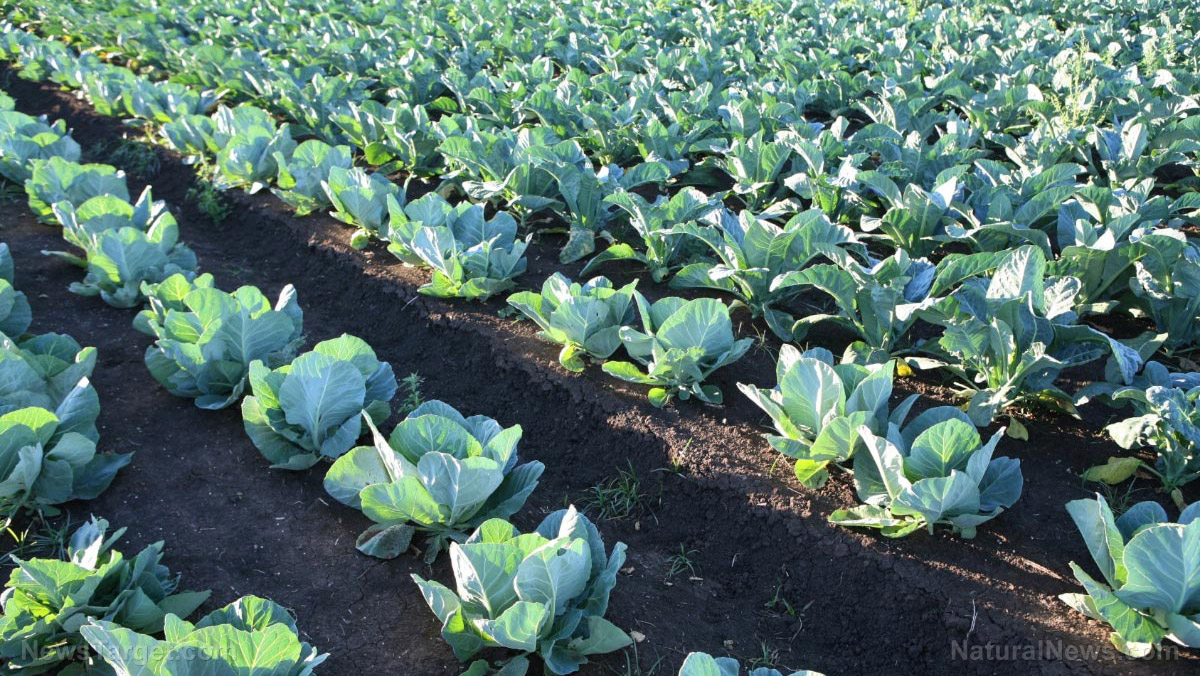
In the study, which was published in the Journal of Food Processing and Preservation, the researchers sought to find a way to make use of food processing residues as natural colorants for food and beverages that are rich in bioactive compounds. They evaluated the stability and retention of anthocyanins from grape byproducts as a source of food colorant in kefir and carbonated water during storage.
Based on the results, anthocyanins from grape skins added to kefir and carbonated beverages provided color to these drinks. In addition, they exhibited better thermal stability and had longer shelf-life when stored in the dark compared to when they were exposed to light. Moreover, grape skin anthocyanins also provide health benefits because of their antioxidant properties. Earlier studies have shown that anthocyanins can protect the heart from diseases, prevent obesity, and ward off cancer.
From these findings, the researchers concluded that anthocyanins from grape skins can be used as a healthy and natural colorant in food and drinks, which can be used as an alternative for synthetic food colorants. The findings of the study are important because artificial food colorants used by many food manufacturers are harmful to health. In addition, these findings present a new way to reduce food wastes by the food industry that harm the environment and cause economic losses.
Reasons why you should avoid artificial food dyes
Artificial food dyes may make food and beverages appealing, but they actually are harmful to your health. Here are some reasons why you should stop consuming foods with artificial food dyes:
- Artificial food dyes can affect the behavior of children: A large body of evidence has shown that artificial food dyes contribute to attention-deficit hyperactivity disorder (ADHD). Many studies have shown that children with ADHD are sensitive to these toxic ingredients added to food. In addition, consumption of artificial food color has been found to promote hyperactivity in hyperactive children. Other studies have also suggested that these food additives also harm all children, regardless of whether they have ADHD or not. (Related: Understanding how food dyes impact children’s health: Their history, politics, alternatives.)
- Artificial food dyes can cause cancer: Artificial food color contains cancer-causing chemicals, such as benzidine. This carcinogen is found in nearly 90 percent of dyes being used today, such as Red 40 (Allura red), Yellow 5 (tartrazine), and Yellow 6 (Sunset Yellow FCF). Other cancer-causing dyes include caramel colorings which contain 2- and 4-methylimidazoles. Tartrazine has also been found to be genotoxic, which means that it binds to DNA and causes damage.
- Artificial food dyes can weaken the immune system: Molecules in synthetic food colorings can bind to proteins in food or in the body after metabolism. This can lead to problems with immune responses to the proteins that have been bound with artificial food dyes, which in turn, cause intolerances, hypersensitivity reactions, and allergies. Artificial dyes like Allura red and tartrazine, among others, have been linked to conditions such as atopic dermatitis, allergic rhinitis, eczema, and food intolerances. In addition, tartrazine can also trigger asthma attacks.
To completely avoid these toxic ingredients, always check the labels carefully when buying food. Avoid products that say "color added," or those that contain Red 40, Yellow 5, and Yellow 6. Most foods that contain artificial food colorants include frosting, sprinkles, soda, and candies. Juice and pre-packed meals can also be dyed. White products, such as white cake frosting, can also be dyed to look even whiter. Food dyes can also be found in personal care products, such as toothpaste and mouthwash.
Read more news stories and studies on the health benefits of anthocyanins from grapes by going to NaturalMedicine.news.
Sources include:
Please contact us for more information.























